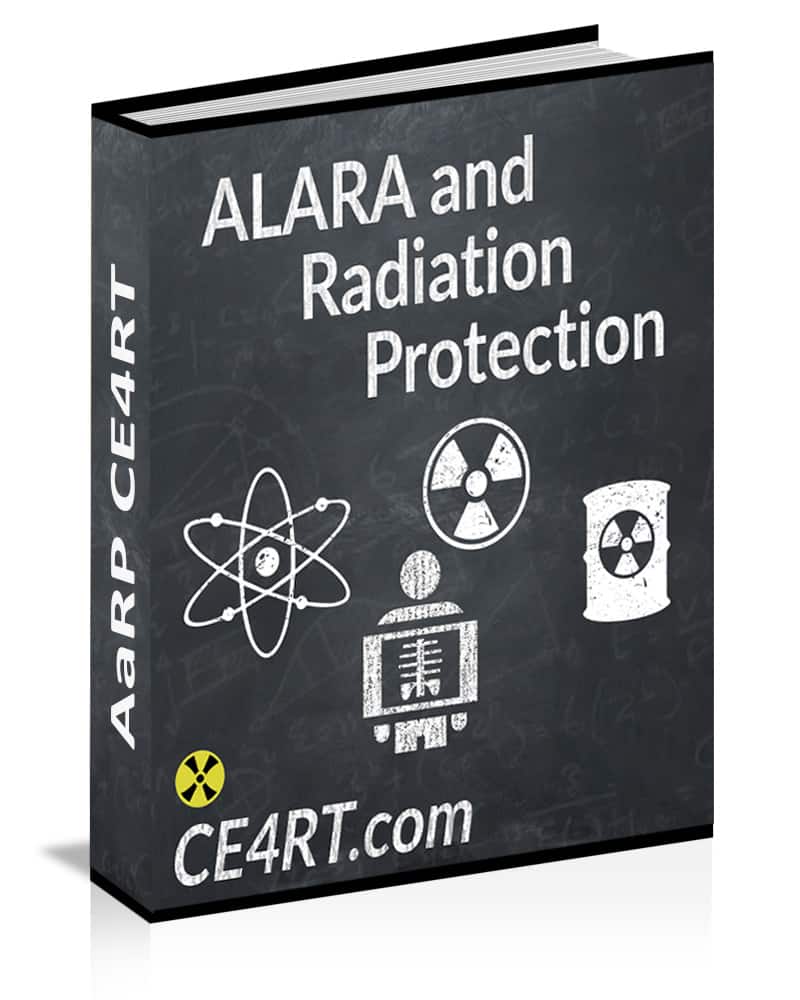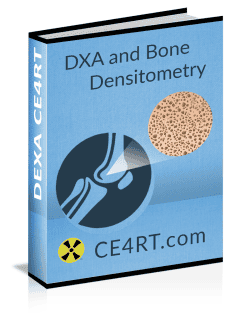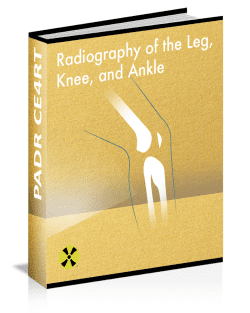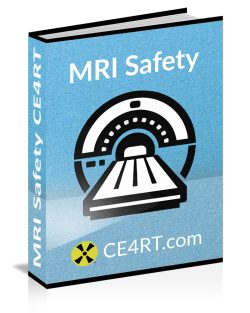Description
Get 12 X-Ray CE Credits now. Guaranteed**. Category A
Is your patient dose As Low As Reasonably Achievable?
This mobile friendly continuing education course for Radiologic Technologists is a review of key concepts behind the science of ionizing radiation, and best practices in radiation protection for the working radiologic technologist.
Ionizing radiation is a potentially awesome force of nature. It surrounds us and effects us daily. It can be used to save lives. It also can become a weapon of mass destruction. As RTs we wield this awesome force and we need to understand it’s properties to do so safely. A better understanding can help us explain radiation to our patients, and to mitigate side effects imposed on those we intend to heal.
Although the fundamental principles of physics are discussed, this is not a physics course and will not require a calculator.
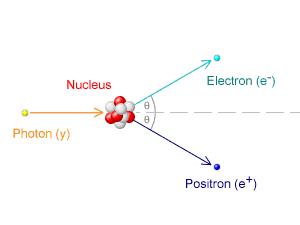
Delivered in layman’s terms with colorful illustrations, this course will walk you through definitions and explanations of our current understandings regarding ionizing radiation. It will explain atomic structure, charge, and ionization. It will also explain electromagnetic radiation, how x rays are formed, and how they interact with our patients bodies.
What really happens inside our patients on a molecular level when we take an X Ray? On a day to day basis, we don’t always stop and appreciate the physics behind what we do. Understanding the fundamental principles explained in this course will help to build a more solid understanding of what happens when we push the switch. Things that happen on an atomic level may seem insignificant. But multiplied by millions or billions of times they are a force to be respected and revered. Knowing this information will help you to explain to doctors and patients what is happening as well as give you tools to help alert you when things don’t go as expected. As a result, hopefully we can all be safer technologists.
CE Course Outline
Explaining Atoms, Particles, and Energy 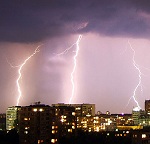
Electrons, Electrons Performing Work, Elementary Particles and Antiparticles, Ions, Atomic Number and Atomic Mass, Radionuclides, Electromagnetic Radiation, Photons, Photon Speed, Neutrons, Molecules
Types of Radiation
 Electromagnetic Spectrum, Wavelength, Frequency, X-rays, UV, Gamma Rays, Radioactive Decay, Alpha Particles, Beta Particles, High vs. Low LET
Electromagnetic Spectrum, Wavelength, Frequency, X-rays, UV, Gamma Rays, Radioactive Decay, Alpha Particles, Beta Particles, High vs. Low LET
Radiation Interacting With Matter
Shielding Radiation, Photoelectric Effect, Compton Effect, Pair Production, Annihilation Reaction, The Laws of Thermodynamics, Attenuation and Absorption, Half Value Layer
Measuring Energy
Basic Units of Measurement, Force, Acceleration, and Work, Mass, Einstein Mass and Energy, Friction and Resistance, Joules and Watts, Measuring Electrical Charge, Measuring Current
Sources of Radiation 
Sources of Radiation Exposure, Medical Procedures, Terrestrial Radiation, Cosmic Radiation, Actinides, Radon, Radon in Homes, Naturally Occurring Food Radiation, Nuclear fallout, Human Bodies, Depleted Uranium, Other Man Made Sources
Human Cell Biology
 Nucleus and Organelles, Mitochondria, Ribosomes, Lysosomes, Endoplasmic reticulum, Golgi complex, Vacuoles, Cytoskeleton, DNA Chromosomes and Genes, Proteins, Enzymes, Hormones, Antibodies, Transcription, Translation, Mitosis
Nucleus and Organelles, Mitochondria, Ribosomes, Lysosomes, Endoplasmic reticulum, Golgi complex, Vacuoles, Cytoskeleton, DNA Chromosomes and Genes, Proteins, Enzymes, Hormones, Antibodies, Transcription, Translation, Mitosis
Biologic Effects of Ionizing Radiation
Dose Response, Tissue Radiosensitivity, Deterministic and Acute Effects, Stochastic Effects, DNA Damage, Gene Mutation, Proliferation of Genetic Damage, Radiation and Pregnancy, Nursing Mothers, Radiation and Cancer, Cataracts, Radiophobia
Medical Applications Using Radiation 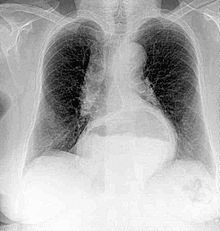
Medical X-rays, Computed Tomography, Nuclear Medicine, PET, Radiation Therapy, Radiosurgery
Monitoring Radiation and Exposure
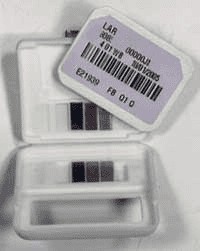 Dosimetry, Automated Dose Reporting, ACR’s Dose Index Registry, Fluoroscopy monitoring, Limitations of dose monitoring, Absorbed Dose, Equivalent Dose, Effective Dose, Committed Dose, Geiger Counters, Film Badges, Personal Dosimeters, Ionization Chambers, Whole Body Counter, Cytogenetic Biodosimetry
Dosimetry, Automated Dose Reporting, ACR’s Dose Index Registry, Fluoroscopy monitoring, Limitations of dose monitoring, Absorbed Dose, Equivalent Dose, Effective Dose, Committed Dose, Geiger Counters, Film Badges, Personal Dosimeters, Ionization Chambers, Whole Body Counter, Cytogenetic Biodosimetry
Radiation Protection for Staff
ALARA, Safety Controls, Time, Distance, and Shielding, Radiation Protection Agencies and Regulations, Radiation Protection for Radiographers, Scatter Radiation, Regulatory Limits for Occupational Exposure, Protective Apparel, Protection of Staff in Fluoroscopy, Pregnant Radiographers and Radiation Workers
Radiation Protection for Patients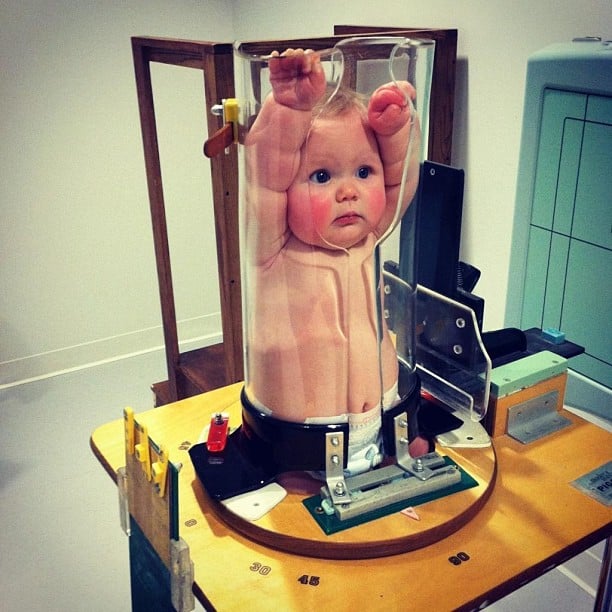
Avoiding Repeat Exposures, Communication, Exposure Technique Charts, Department Protocols, Filtration, Grids, Filters, and Air Gap, Screening for Pregnancy, High kVp Low mAs, Inverse Square Law, Digital and Computed Radiography, Exposure Indicators and Dose Creep, Collimation, Shielding, Pediatric Patients, Immobilization, Obese Patients, Stepping Lightly
ARRT®* STRUCTURED EDUCATION CREDIT DISTRIBUTION FOR THIS COURSE.
| DISCIPLINE | CATEGORY & SUBCATEGORIES | CE CREDITS PROVIDED |
|---|---|---|
| RAD – 2017 | Safety – Radiation Physics and Radiobiology | 5.00 |
| Safety – Radiation Physics and Radiobiology | 3.00 | |
| RAD – 2022 | Safety – Radiation Physics and Radiobiology | |
| Safety – Radiation Physics and Radiobiology | 5.00 | |
| 3.00 | ||
| CT – 2017 | Safety – Radiation Safety and Dose | |
| CT – 2022 | Safety – Radiation Safety and Dose | 4.00 |
| NMT – 2017 | Safety – Radiation Physics, Radiobiology, and Regulations | 8.00 |
| NMT – 2022 | Safety – Radiation Protection and Equipment Operation | 8.00 |
| BD – 2016 | Patient Care – Patient Bone Health, Care, and Radiation Principles | 2.00 |
| BD – 2022 | Patient Care – Patient Bone Health, Care, and Radiation Principles | 2.00 |
| THR – 2017 | Safety – Radiation Physics, Equipment, and Quality Assurance | 3.00 |
| Safety – Radiation Protection | 5.00 | |
| THR – 2022 | Safety – Radiation Physics, Equipment, and Quality Assurance | 3.00 |
| Safety – Radiation Protection | 5.00 | |
| RA – 2018 | Safety – Patient Safety, Radiation Protection, and Equipment Operation | 6.00 |
| RA – 2023 | Image Production – Equipment Operation and Quality Assurance | 6.00 |
| CI – 2017 | Image Production – Image Acquisition and Equipment | 4.00 |
| CI – 2023 | Image Production – Image Acquisition and Equipment | 4.00 |
| VI – 2017 | Image Production – Image Acquisition and Equipment | 4.00 |
| VI – 2023 | Image Production – Image Acquisition and Equipment | 4.00 |
